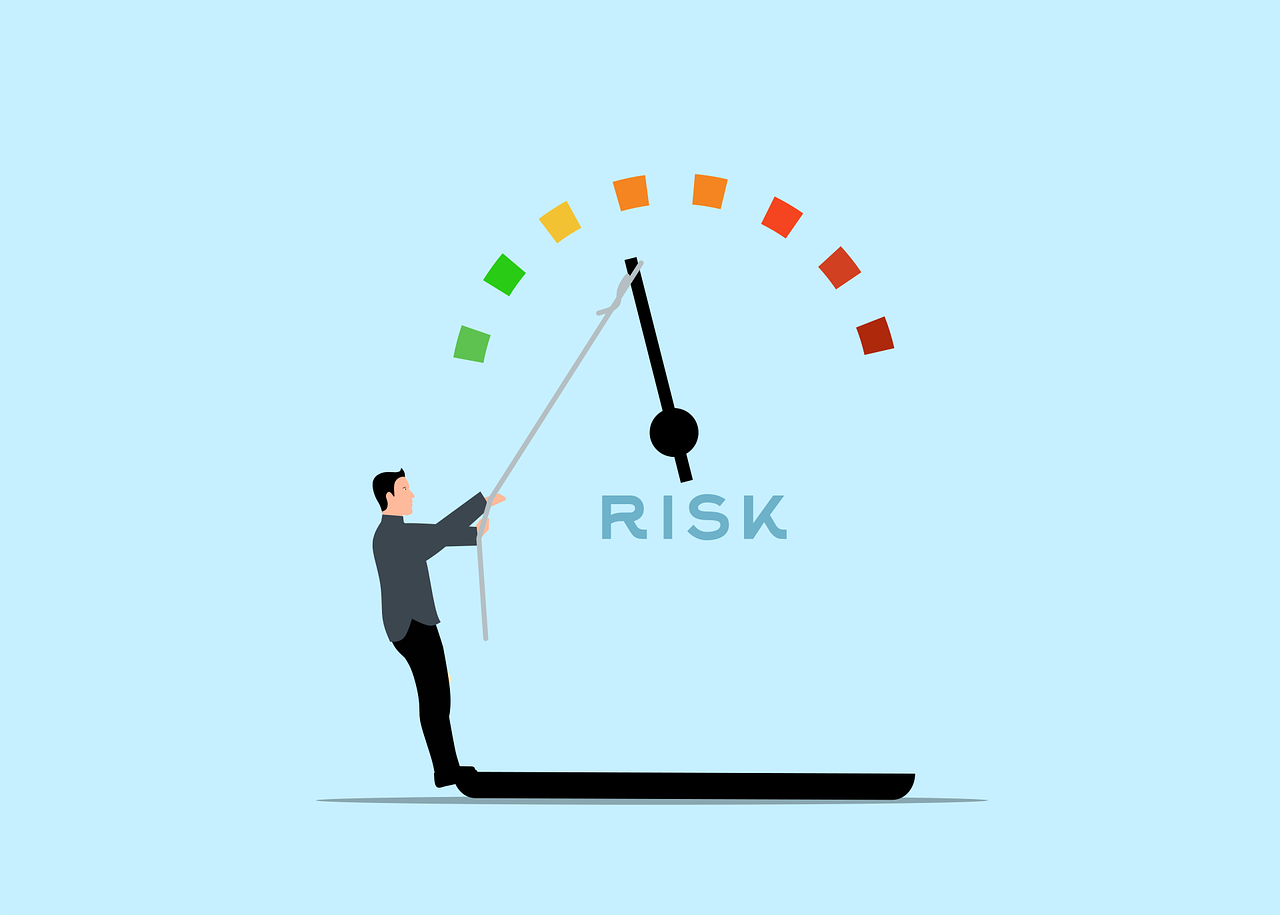So far this year, stocks are down with the Standard & Poor’s 500 off some 20% and the traditional alternative of bonds isn’t doing much better, with most big bond funds down more than 16% so far this year.
Q3 2022 hedge fund letters, conferences and more
What’s an investor to do? The combination of falling stocks and bonds is uncommon for markets, which doesn’t leave a lot of lessons from the past to demonstrate the way forward. But “Defense Beyond Bonds: Defensive Strategy Indices,” a new whitepaper from S&P Dow Jones Indices, suggests adopting a defensive investing strategy that involves limiting losses while remaining positioned to garner the returns of the eventual recovery.
To figure out how best to gird your portfolio for a downturn, consider matching with a vetted financial advisor for free.
The researchers examined how a variety of investment options performed in four different market scenarios. What they found indicates that the most important factor involved the direction of stocks, whether bond rates were going up or going down. In a rising market, growth stocks showed the most gains regardless of what was happening with interest rates. But in a falling market, it was low-volatility stocks, specifically:
S&P 500 up and 10-Year Treasuries rates down
- Best performance: Growth stocks
- Worst performance: Low-volatility stocks
S&P 500 up and 10-Year Treasuries rates up
- Best performance: Growth stocks
- Worst performance: Low-volatility stocks
S&P 500 down and 10-Year Treasuries rates up
- Best performance: Low-volatility stocks
- Worst performance: Growth stocks
S&P 500 down and 10-Year Treasuries rates down
- Best performance: Low-volatility stocks
- Worst performance: Growth stocks
Defensive investing using specific classes of stocks doesn’t mean that investors won’t still experience volatility in a declining market or even lose money – these comparisons are all relative to each other. Instead, the strategy aims to reduce or limit losses when markets are falling while also leaving room to grab some of the gains when a rising market returns. So, while the S&P 500 index is down 21% so far this year, the S&P 500 Low Volatility Index is off by 16%. So, while low-volatility stocks are performing 24% better than overall stock index, they’re still delivering a loss to investors.
Of course, jumping from one class of stocks to another in response to the direction of the market amounts to trying to time the market, a strategy that fails for most individual investors. Not only does the investor have to decide when stocks are heading down for a prolonged period, but the investor also has to guess when a real sustained recovery is happening. Guessing wrong in a falling market, for example, can leave an investor stuck in a “bear trap,” the condition when dropping stocks temporarily recover only to fall even more.
What this highly technical study does help demonstrate is the importance for investing in a broadly diversified portfolio that factors in both rising and falling markets as well as rising and falling interest rates.
The full study is available here.
The Bottom Line
In a market where both stocks and bonds are falling, the common defensive play of investing in bonds no longer is as applicable. A whitepaper from S&P Dow Jones devised a strategy that involves limiting losses while remaining positioned to gain robust returns amid an eventual recovery. In down times, the researchers found low-volatility stocks perform the best. And during an upswing, growth stocks make the most sense. For help managing your own portfolio against this complicated market, consider working with a financial advisor.
Tips for Smart Investing
- A financial advisor can help you create a balanced portfolio with a blend of bonds and other investment types. Finding the right financial advisor that fits your needs doesn’t have to be hard. SmartAsset’s free tool matches you with financial advisors in your area in 5 minutes. If you’re ready to be matched with local advisors that will help you achieve your financial goals, get started now.
- Bond investing is a great way to adjust the risk tolerance of your overall portfolio, but it can be tricky to find the exact balance you want. SmartAsset’s asset allocation calculator can help you understand how risk tolerance influences your investing decisions.
Article by Brian J. O’Connor, SmartAsset.

